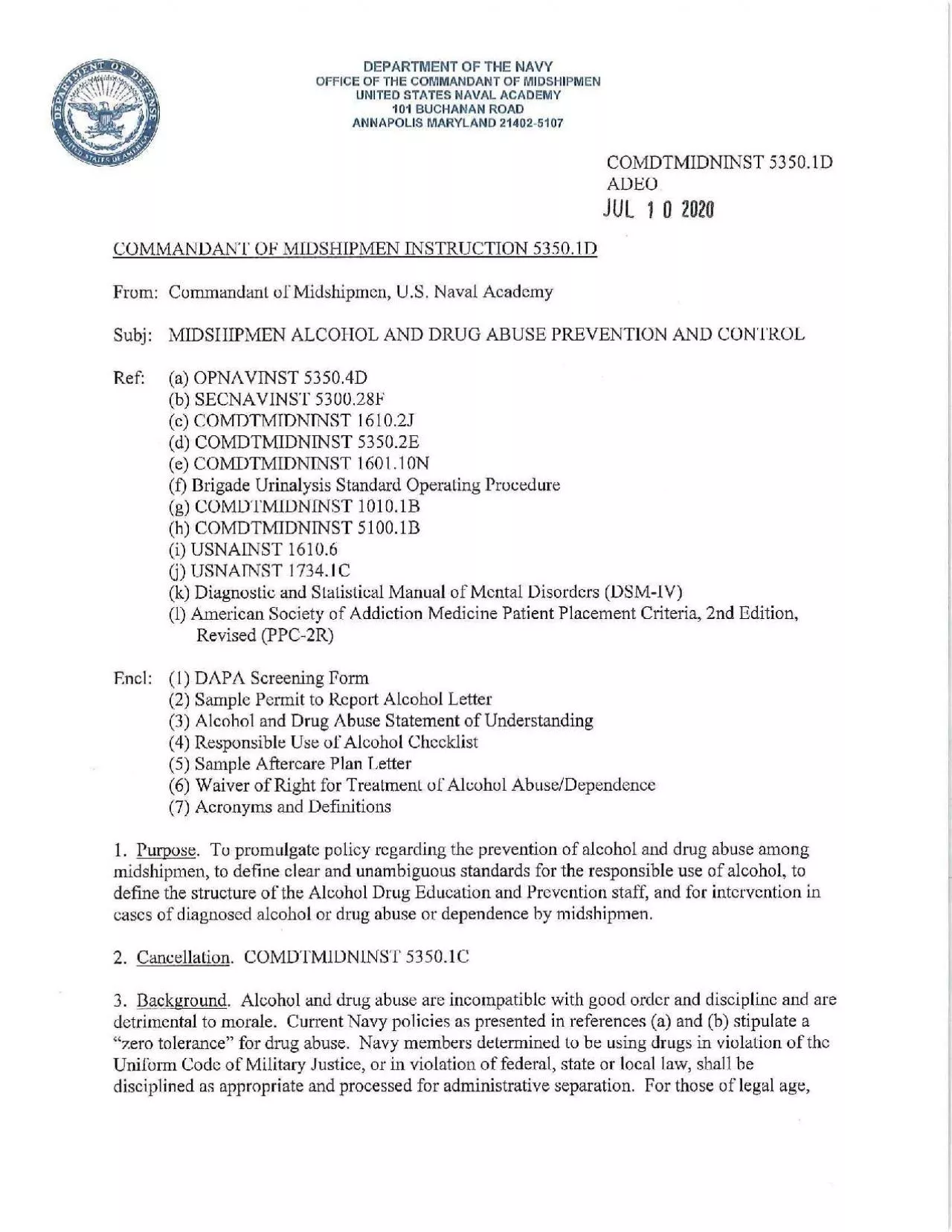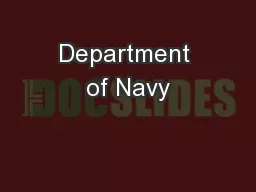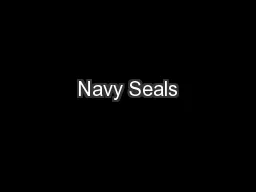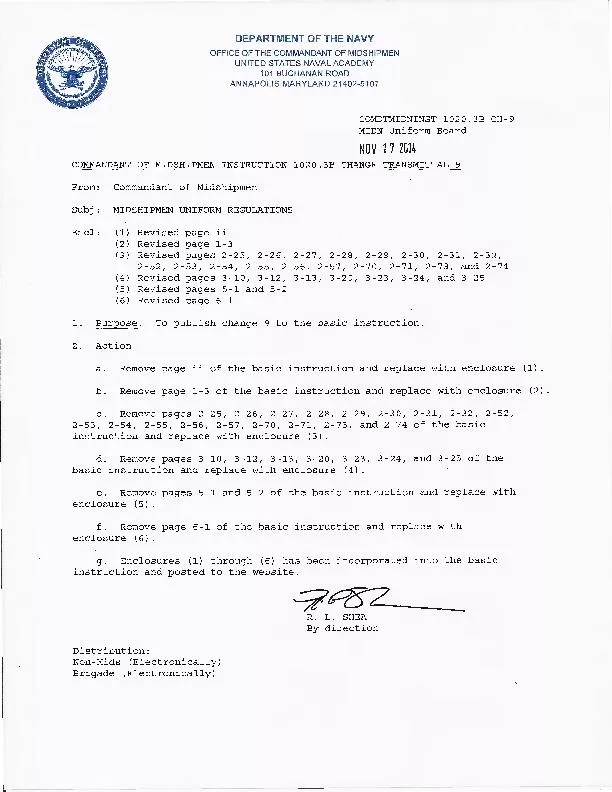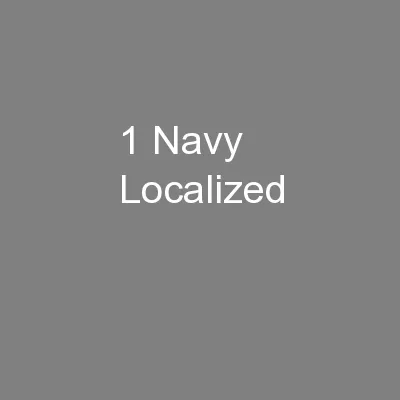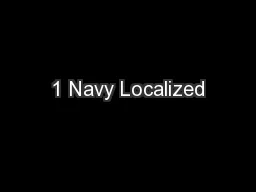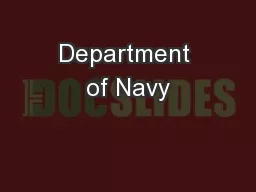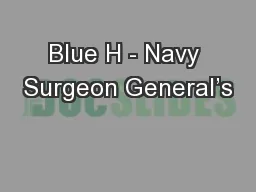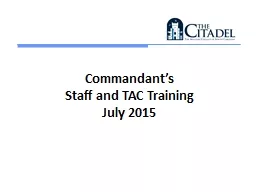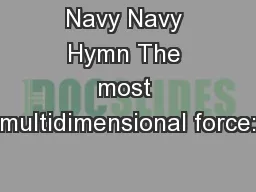PDF-DEPARTMENT OF THE NAVY OFFICE OF THE COMMANDANT OF MIDSHIPMEN UNITED S
Author : valerie | Published Date : 2021-09-13
COMDTMIDNINST 53501D10 Jul 20204Patrol will have the authority to direct midshipmento report back to Bancroft Hall if found in violation of the rules and regulations
Presentation Embed Code
Download Presentation
Download Presentation The PPT/PDF document "DEPARTMENT OF THE NAVY OFFICE OF THE COM..." is the property of its rightful owner. Permission is granted to download and print the materials on this website for personal, non-commercial use only, and to display it on your personal computer provided you do not modify the materials and that you retain all copyright notices contained in the materials. By downloading content from our website, you accept the terms of this agreement.
DEPARTMENT OF THE NAVY OFFICE OF THE COMMANDANT OF MIDSHIPMEN UNITED S: Transcript
Download Rules Of Document
"DEPARTMENT OF THE NAVY OFFICE OF THE COMMANDANT OF MIDSHIPMEN UNITED S"The content belongs to its owner. You may download and print it for personal use, without modification, and keep all copyright notices. By downloading, you agree to these terms.
Related Documents

